Description of anti-vandal fabrics for sofas
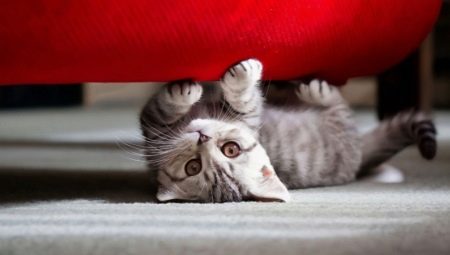
Even the highest quality upholstery fabric wears out over time, losing its marketable appearance and performance characteristics. Also, the material is often spoiled by pets. Dogs often gnaw on certain areas, and cats like to sharpen their claws on furniture and do it regularly.
To protect furniture from damage and extend its service life, the manufacturer uses a special anti-vandal material. Such canvases are distinguished by special characteristics that are lacking in other fabrics used in the manufacture of furniture.
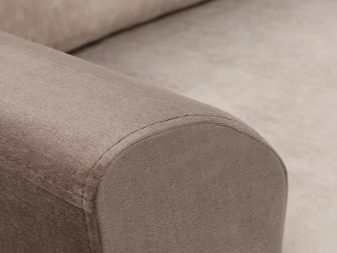
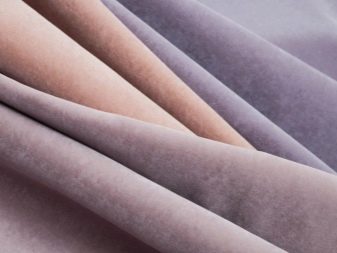
Peculiarities
Vandal-resistant fabrics for the sofa get their name due to many special criteria, one of which is high wear resistance. It is very difficult to damage or spoil the canvases, almost impossible. The fabric does not lose its attractiveness even with intensive use, retaining its shape and color. If the upholstered furniture was upholstered with such material, even after many years, bald spots and scuffs will not appear on it.
The special properties of the canvas were obtained due to a special manufacturing technology and Teflon impregnation. One of the most popular options is anti-claw fabric, which will protect the upholstery from cats and other pets.
This material is designed in such a way that its structure resists fiber pulling, leaving the surface intact. Quality products are also cut resistant.
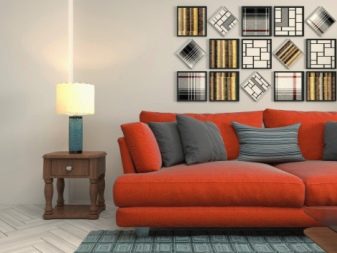
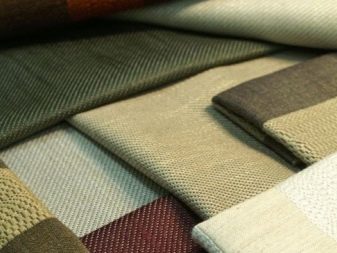
"Anti-claw" can have different characteristics, depending on the structure of the fibers, material of manufacture and other parameters. Due to the tight interlacing of the threads, the claws do not penetrate into the upholstery and simply slide off.Due to the fact that special upholstery is not suitable for sharpening claws, cats eventually lose interest in upholstered furniture.
The following positive qualities of anti-vandal fabric are noted:
- under the influence of direct sunlight, the color remains bright;
- the service life of upholstered furniture is significantly increased due to wear resistance;
- impregnation with a special composition has moisture-repellent qualities;
- the canvases are resistant to dust, grease and dirt.
The only drawback of the material is the high cost, but according to the opinion of most consumers, the price is fully paid off.
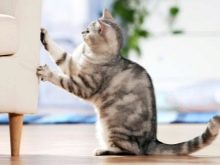
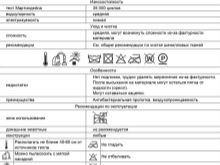
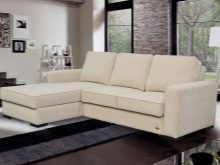
Species overview
The wear-resistant fabric received its properties thanks to weaving and impregnation, which make a special material from ordinary upholstery fabrics. Upholstery fabrics have been used in the field of furniture manufacturing for several years. Experts have developed several varieties of it. Furniture fabrics are produced from natural or artificial raw materials. In most cases, both options for raw materials are combined.
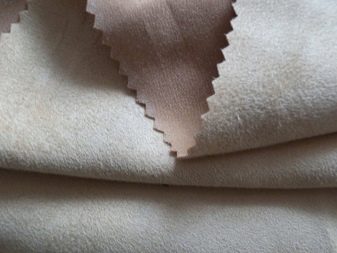
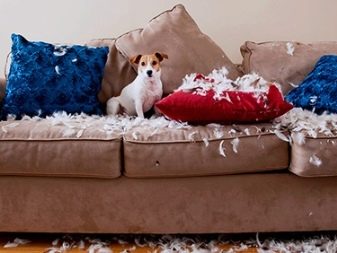
Flock on a three-fabric base
Previously, this type of material was made from waste synthetic or natural fibers (cotton or wool). Externally, the canvases look like velvet. Their surface is covered with short and soft villi. Translated from English, the word flock means "fluff". It is a very pleasant and delicate material to the touch.
There are several types of flock.
- Viscose. It is actively used for decoration. It is available in a wide variety of colors and shades.
- Polyamide. This option has the ability to quickly regain shape even after prolonged and intense exertion. Soft canvases are paintable and soft.
- Polyester. Such a flock is not afraid of water and direct sunlight, and its wear resistance is very high.

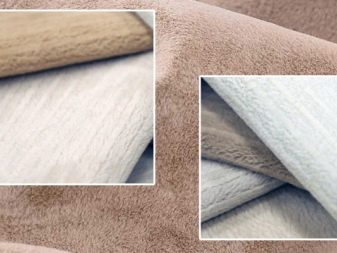
Regardless of the type, the material attracts attention with its excellent durability and attractive appearance. For the manufacture of non-woven flock, the fibrous raw materials are glued, and nylon pile is applied on top of the fabric. It retains its softness and brightness throughout its entire service life.
The basis of the three-fabric flock consists of natural cotton and synthetic polyester threads. Light and fluffy pile is not damaged when treated with soapy compounds. The standard ratio of cotton to polyester is 35% and 65%. Information on the composition must be indicated by the manufacturer.
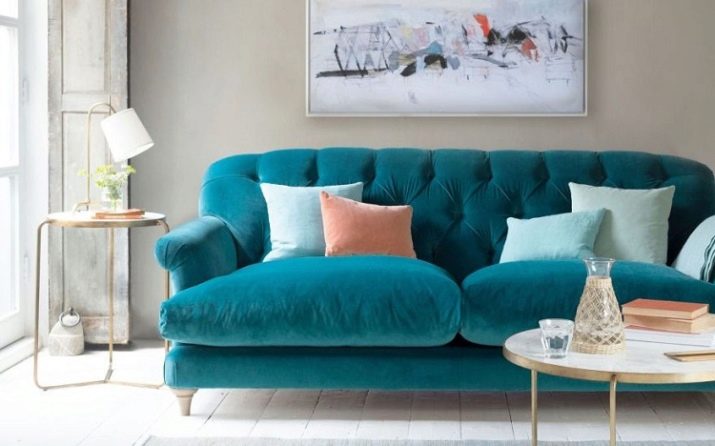
Faux suede
The next type of fabric looks very similar to natural suede. The canvases have a fabric base and are often used to preserve furniture. The material will be effective against scratches, abrasions and other damage to the upholstery.
The use of Teflon impregnation increases the wear resistance of the fabric, making it not only beautiful, but also reliable. Short villi on the surface prevent claws from penetrating into the canvases.
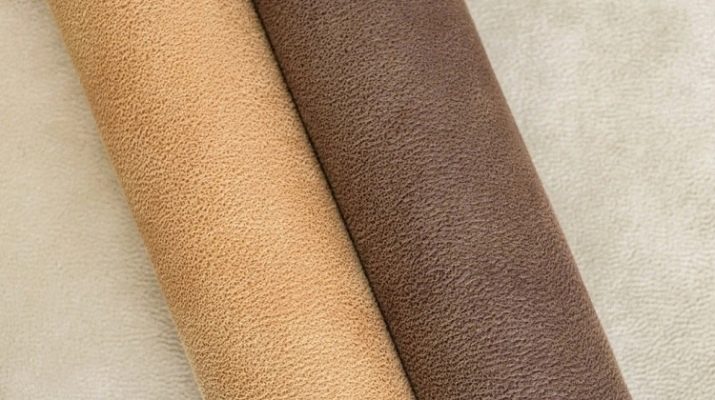
Velours
Velor is highly valued for its many positive characteristics. It is used only in the manufacture of expensive furniture. To make velor with the "anti-claw" property, you need natural raw materials. Wool or cotton fibers are pleasant to the touch, but cannot boast a long service life. Cleaning the sofa from spilled liquids is problematic.
It is an expensive but safe and environmentally friendly product. It freely passes air, has a high thermal conductivity and retains its shape even under intense mechanical stress. Pet owners often choose velor for upholstery. After several years of service, the pile begins to crumble in some places.
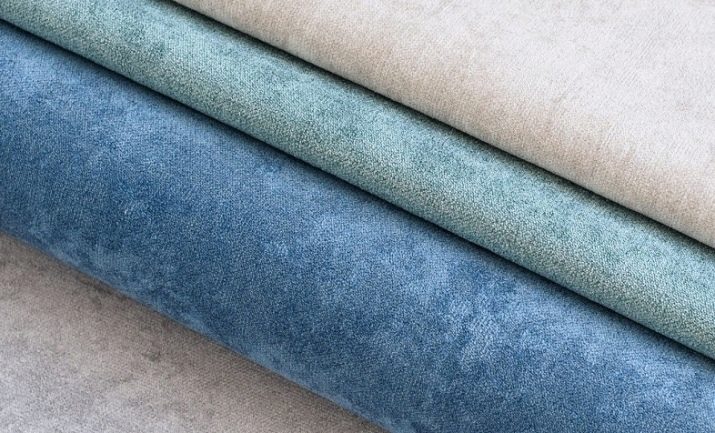
Microfiber
The next option is actively used in various industrial areas (making accessories, clothing, and much more). Microfiber is made of dense weave of thin polyamide and polyester synthetic fibers.
Due to the high strength, no snags are formed on the surface of the blades. It is an affordable and popular anti-vandal fabric. Designed for upholstery, the material will maintain a pleasant temperature in cold weather. It is also breathable.
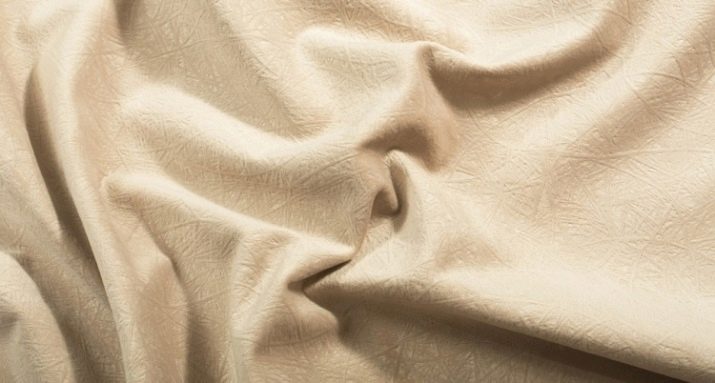
Courtesan
If a consumer is looking for a fabric that is water-repellent, this material will do just fine. Additionally, manufacturers guarantee resistance to sudden temperature changes and mechanical stress. The "anti-claw" courtesan is easy to clean with a conventional vacuum cleaner, and a sponge and soap solution are required to remove more stubborn dirt.
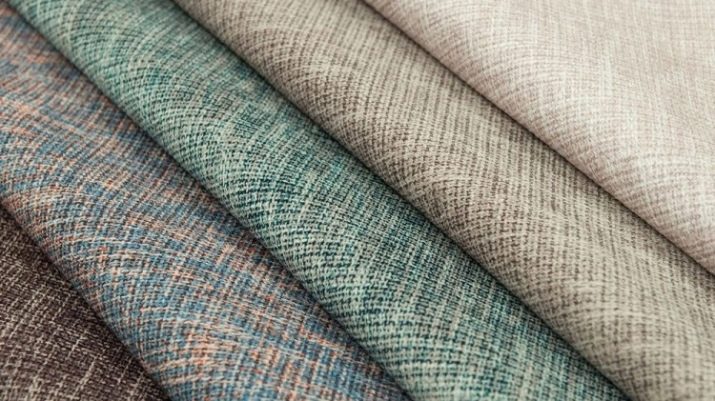
Scotchguard
This variation is a kind of tapestry and jacquard. To make the canvases invulnerable to dirt and liquids, manufacturers use a special film that covers the surface of the material. The sharp and long claws of pets will not damage the scotchguard. Taking care of your fabric is as easy as shelling pears, in most cases regular soap is sufficient.
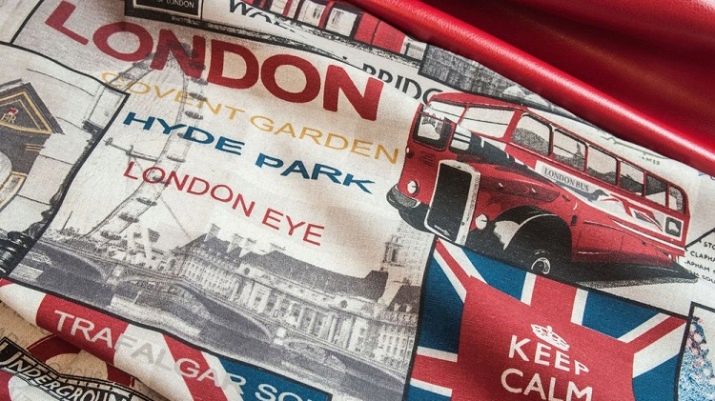
Tapestry
The manufacturing technology of this fabric is similar to the production of jacquard, which is why these two materials look very similar to each other. A quality tapestry is made up of stronger threads, which ensure a long service life and durability of the fabric.
To prevent the canvases from being damaged by claws or mechanical intervention, a three-thread interweaving is used.
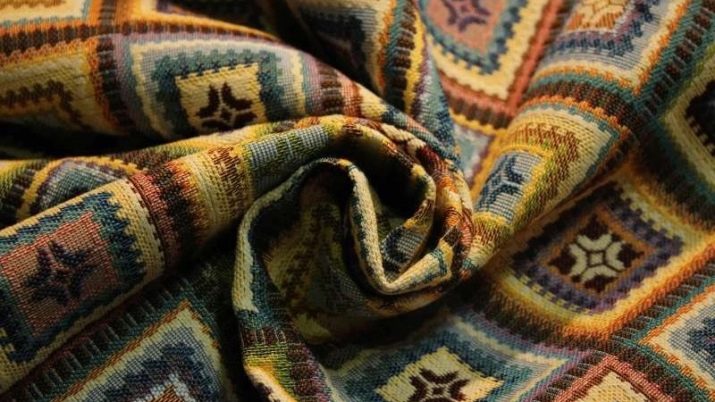
Jacquard
Many consumers consider this type of fabric to be a golden value for money. As with other types of anti-vandal materials, the fibers are tightly intertwined with each other during the production process. A varied palette of colors is on sale. Jacquard has been used for upholstery for a long time. In addition to the above characteristics, its resistance to pollution is also noted.
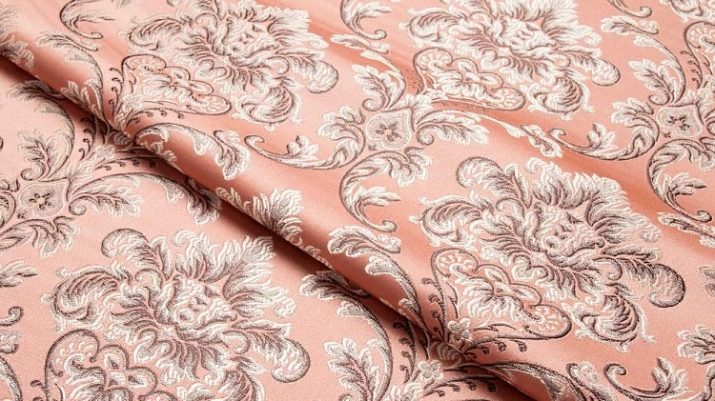
Chenille
This modern material is composed of natural and artificial yarns. The special combination of the structure, which is obtained due to the spiral weaving, makes the chenille durable and reliable. It is an inexpensive fabric and is therefore often the choice for upholstery. On sale there are both plain and patterned options.
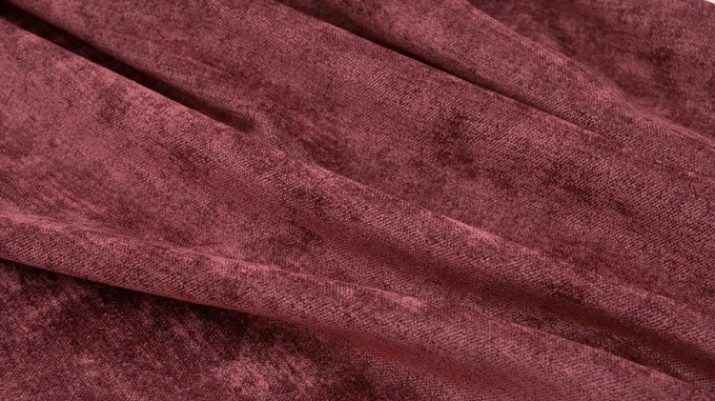
Top manufacturers
Given the high demand for anti-vandal fabric, more and more brands are engaged in the manufacture of this type of cloth.
- Galaxy. Products in the form of durable microfiber with protective Teflon impregnation have won the trust of Russian consumers. The color palette is presented in delicate and neutral shades that will easily fit into almost any interior. The fabric is soft and delicate, and vintage tones are perfect for classic styles.
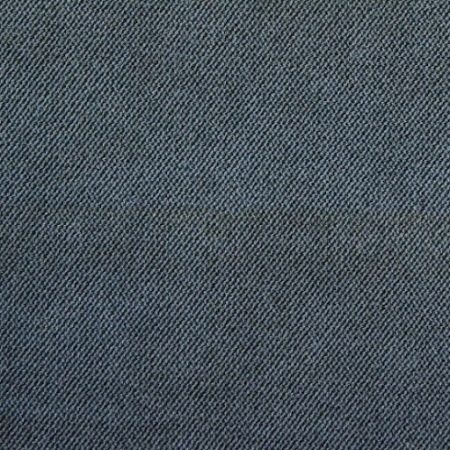
- "Anti-claw". This manufacturer offers flock material. The color palette is varied, but it is presented mainly in classic and pastel colors. The fabric, pleasant to the touch, is perfect as an upholstery for upholstered furniture. High performance is achieved through a special impregnation.
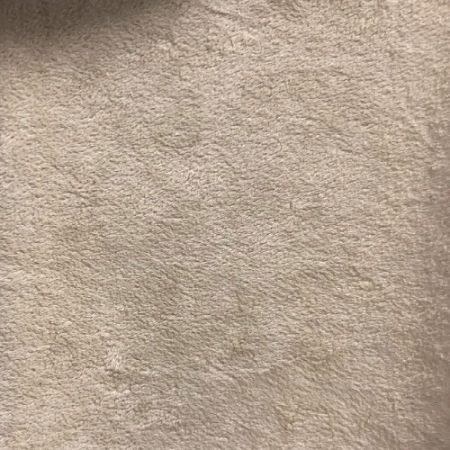
- "Verona". If a customer is looking for a fabric in bright and saturated colors, this brand will come in handy. Wear-resistant Teflon material retains the declared commercial qualities during long and intensive use.
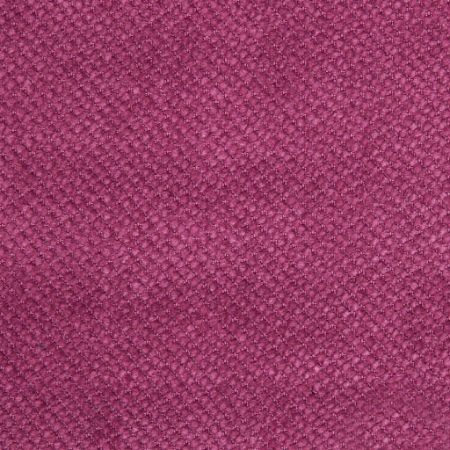
- "Panda". Top category velor is produced under this brand. The manufacturer has taken care of a rich color variety of anti-vandal fabric - from neutral and light to bright and colorful shades.
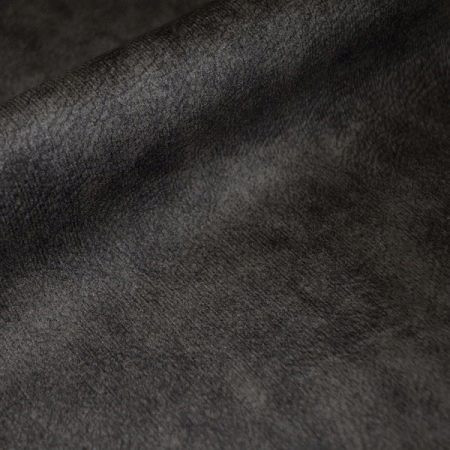
- "Pavlovo-Posad silk". The next brand specializes in the production of tapestry material. A team of professional craftsmen is engaged in the development of unique designs that adorn the canvases.
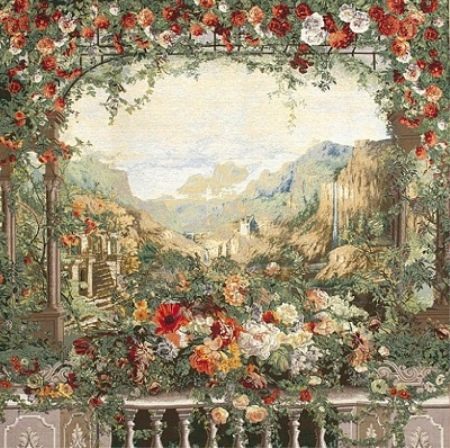
- Pavlin. A popular Russian company that has been operating on the domestic market since 2000. The uniform supplies the market with special high quality upholstery fabrics.
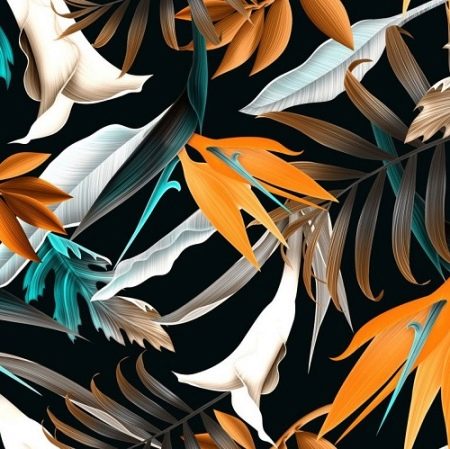
- LLC Nizhteks. A large Nizhny Novgorod company engaged in the production of material for the upholstery of furniture items. The assortment is huge and constantly updated.A special place in the catalog is occupied by anti-vandal fabric.

- "Pattern". Foreign equipment is used for the production of canvases. All goods comply with the high GOST standards. High quality is confirmed by certificates.
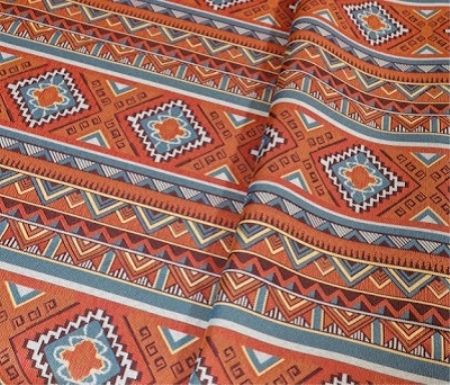
- "Aegis". The next brand is represented by a group of companies. On sale you can always find artificial suede, velor, jacquard and other popular varieties of anti-vandal fabric.

Care Tips
Despite the high wear resistance, special fabrics require special care. In order for the material to remain beautiful, strong and soft for as long as possible, certain conditions must be met.
- To clean the material, do not use chemicals with aggressive components in the composition. They can harm the natural fibers in the formulation. When choosing one of the options, you need to clarify in advance whether the fabric can be cleaned using commercial products.
- When using folk recipes, you need to first conduct a reaction test. First, a small area of the material is processed, for example, on the back of the furniture.
- It is recommended to use special aerosols and dry stain removers to clean the anti-claw cloth. The cleaning foam becomes a powder after application. It can be easily removed from the surface with a regular cloth brush.
- Some vandal-resistant fabrics should not be washed. The dust layer can be easily removed with a conventional vacuum cleaner.
- Flock upholstery needs especially careful handling, due to the adhesive base and with excessive moisture, the material may suffer.
- The removable velor upholstery can be washed at a maximum of 60 degrees Celsius.










